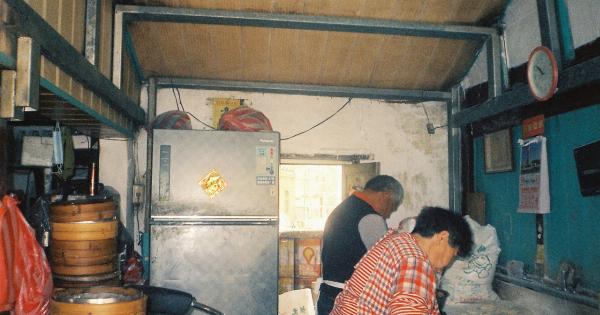Traveling with children can be an enjoyable and educational experience for both parents and kids. But to make sure that everyone has a great time, it is important to prepare your child for safe travel.
Here are some tips to help make your next family vacation a success.
1. Plan Ahead
Before you hit the road or take to the skies, it’s important to plan ahead. This can help you avoid unnecessary stress and make sure that your child is prepared for the trip.
Research your destination and make sure you have a clear understanding of what you will need to bring, what activities you will be doing, and any potential hazards you may encounter. This can help you prepare your child for the trip and allow you to pack accordingly.
2. Pack Wisely
When it comes to packing for your child’s safety, it’s always better to be safe than sorry. Make sure that your child has appropriate clothing and footwear for the activities you have planned.
Pack any necessary medications, including over-the-counter medication for motion sickness or allergies. If your child has a medical condition, make sure to pack any necessary equipment or supplies.
3. Prepare Your Child for Security Procedures
Before you leave for the airport or train station, it’s important to prepare your child for security procedures. Explain the process to them, including taking off shoes and belts, and going through the metal detector.
If your child is afraid or nervous, try to reassure them and explain that the procedures are in place to keep everyone safe.
4. Keep Your Child Safe During Transport
Whether you are traveling by car, plane, or train, it’s important to keep your child safe during transport. Always use appropriate car seats or booster seats for younger children, and make sure that older children wear seat belts at all times.
If traveling by plane, consider purchasing a child safety harness to use during takeoff and landing.
5. Follow Basic Safety Guidelines
No matter where you’re traveling, it’s important to follow basic safety guidelines. This includes following traffic laws, using crosswalks, and wearing helmets when appropriate.
Make sure to talk to your child about these guidelines before you leave for your trip, and reinforce them during your vacation.
6. Prepare for Emergencies
Even with careful planning, emergencies can still happen. Make sure to pack a basic first aid kit with band-aids, antiseptic, and pain relievers. If your child has a medical condition, make sure to pack any necessary medications or equipment.
It’s also a good idea to carry a list of emergency contacts with you, including your doctor’s phone number, the number of your hotel or rental property, and any local emergency services.
7. Encourage Good Hygiene
When traveling, it’s important to encourage good hygiene to prevent the spread of germs. Teach your child to wash their hands frequently, especially before eating or after using the bathroom.
Carry hand sanitizer with you and use it when hand washing isn’t possible.
8. Talk to Your Child about Strangers
When you’re traveling in an unfamiliar place, it’s important to talk to your child about strangers. Teach them to never speak to strangers, especially without your permission.
If they do feel uncomfortable or afraid, they should come to you or another trusted adult for help.
9. Make Sure Your Child Can Identify You
In case you get separated from your child during your travels, it’s important to make sure that they can identify you. Make sure your child knows your full name, and consider carrying a recent photo of them with you.
You can also write your name and phone number on the inside of your child’s clothes, in case they get lost.
10. Have Fun!
Finally, it’s important to remember to have fun! Traveling with children can be challenging, but it can also be an incredibly rewarding experience. Take time to enjoy the sights and sounds of your destination, and create new memories with your family.





























